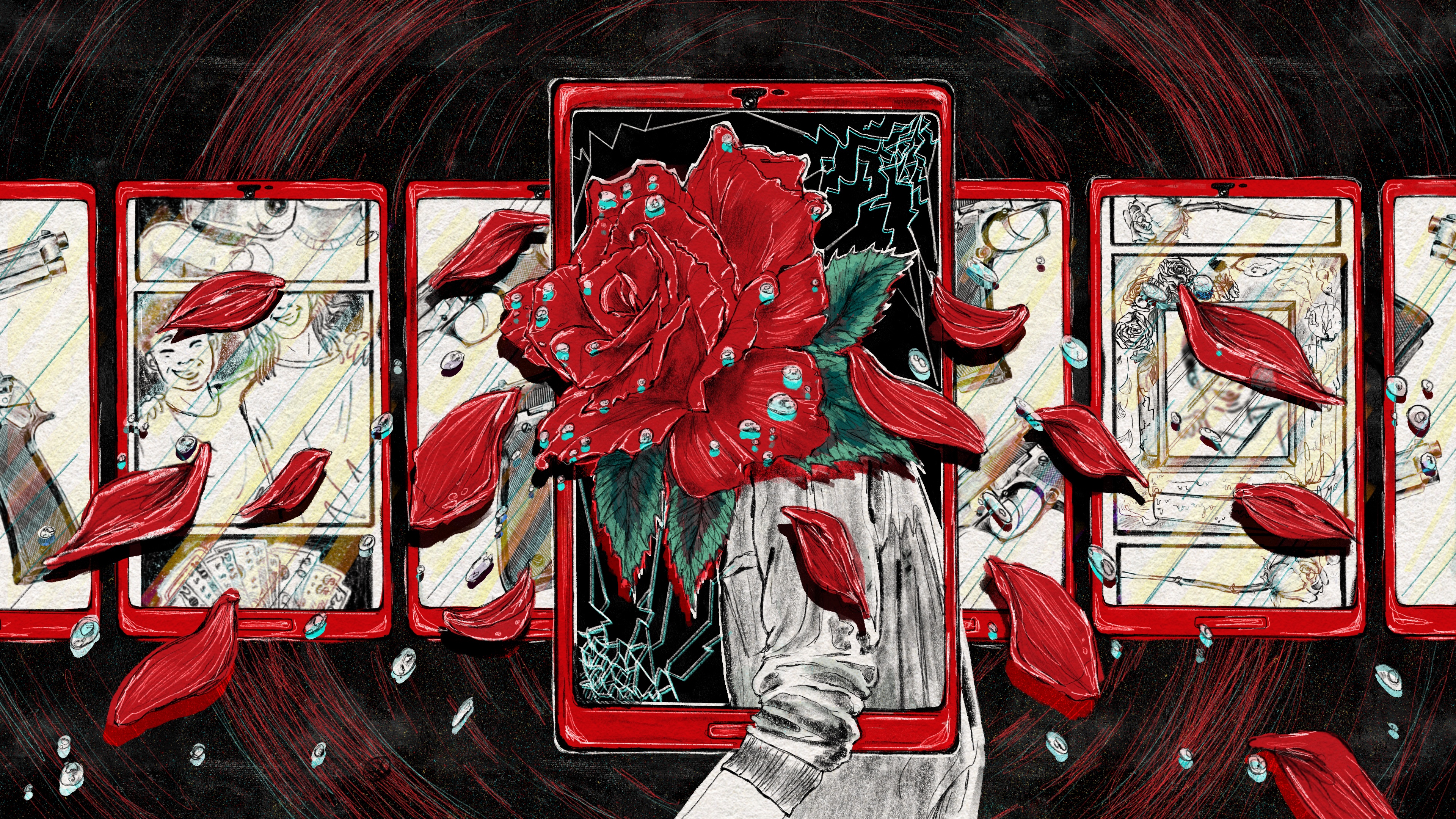As chatter and images about guns and violence slip into the social media feeds of more teens, viral messages fueled by “likes” can lead to real-world conflict and loss.
This illustrated report has been adapted from a California Healthline article, “‘All We Want Is Revenge’: How Social Media Fuels Gun Violence Among Teens,” by Liz Szabo
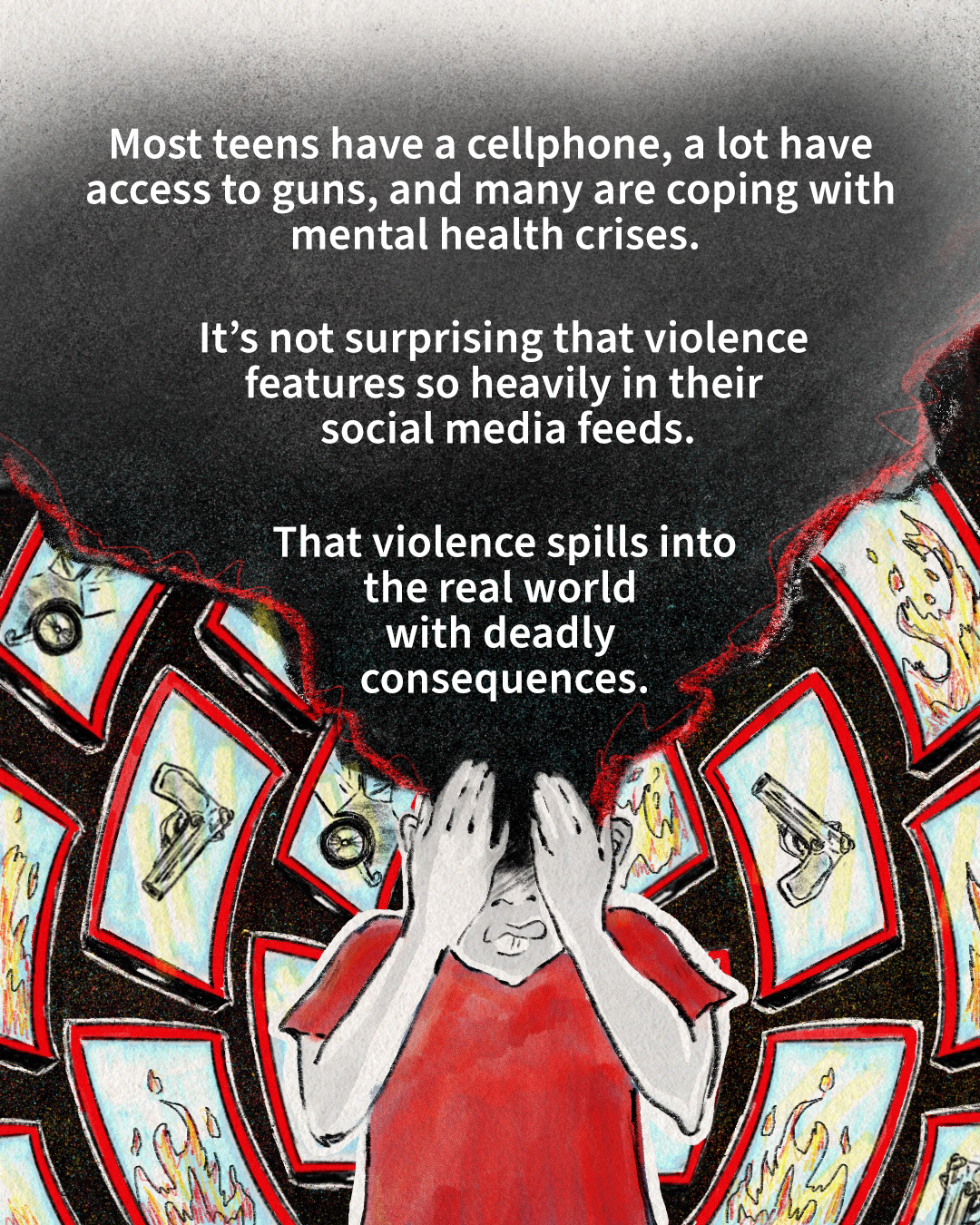
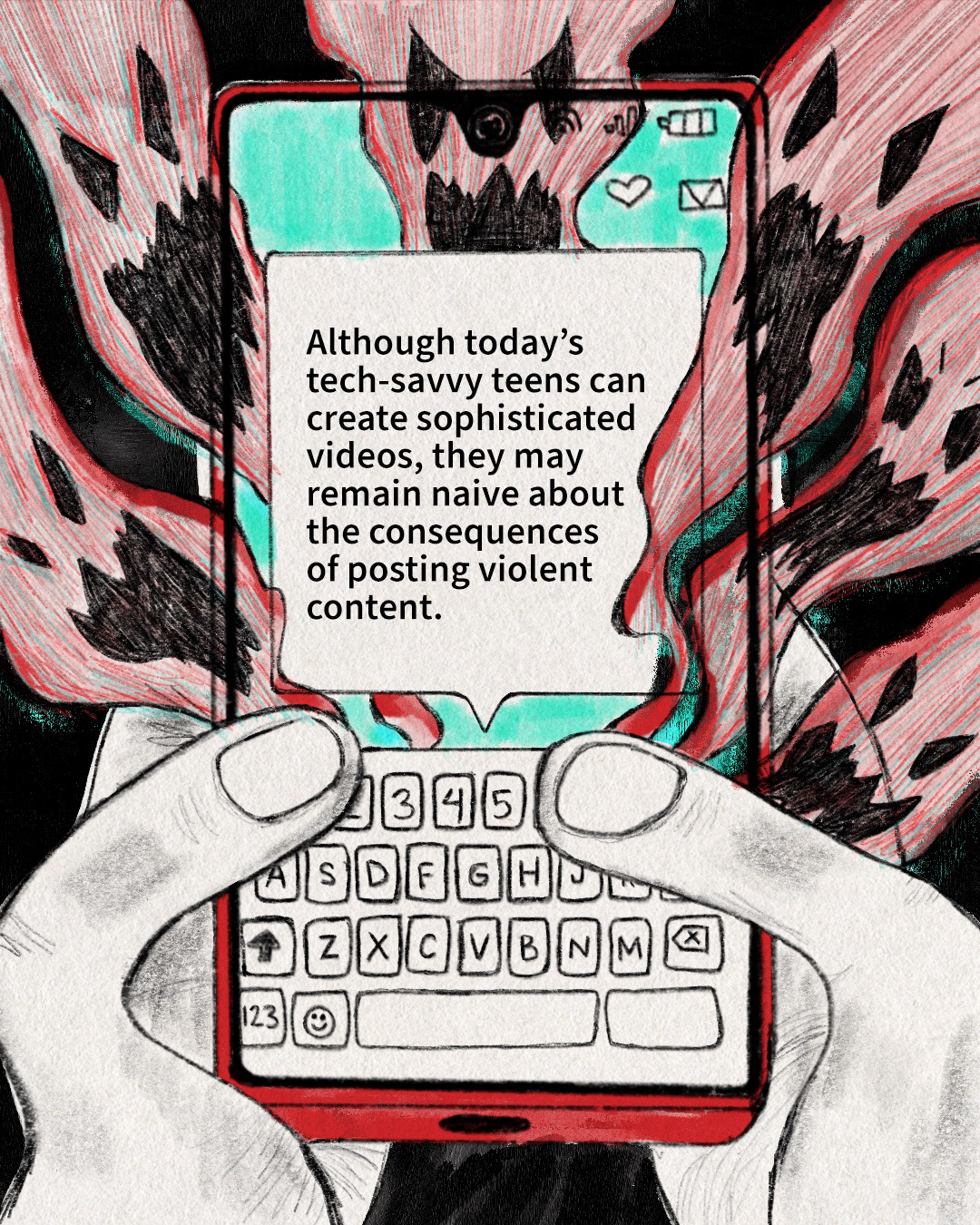
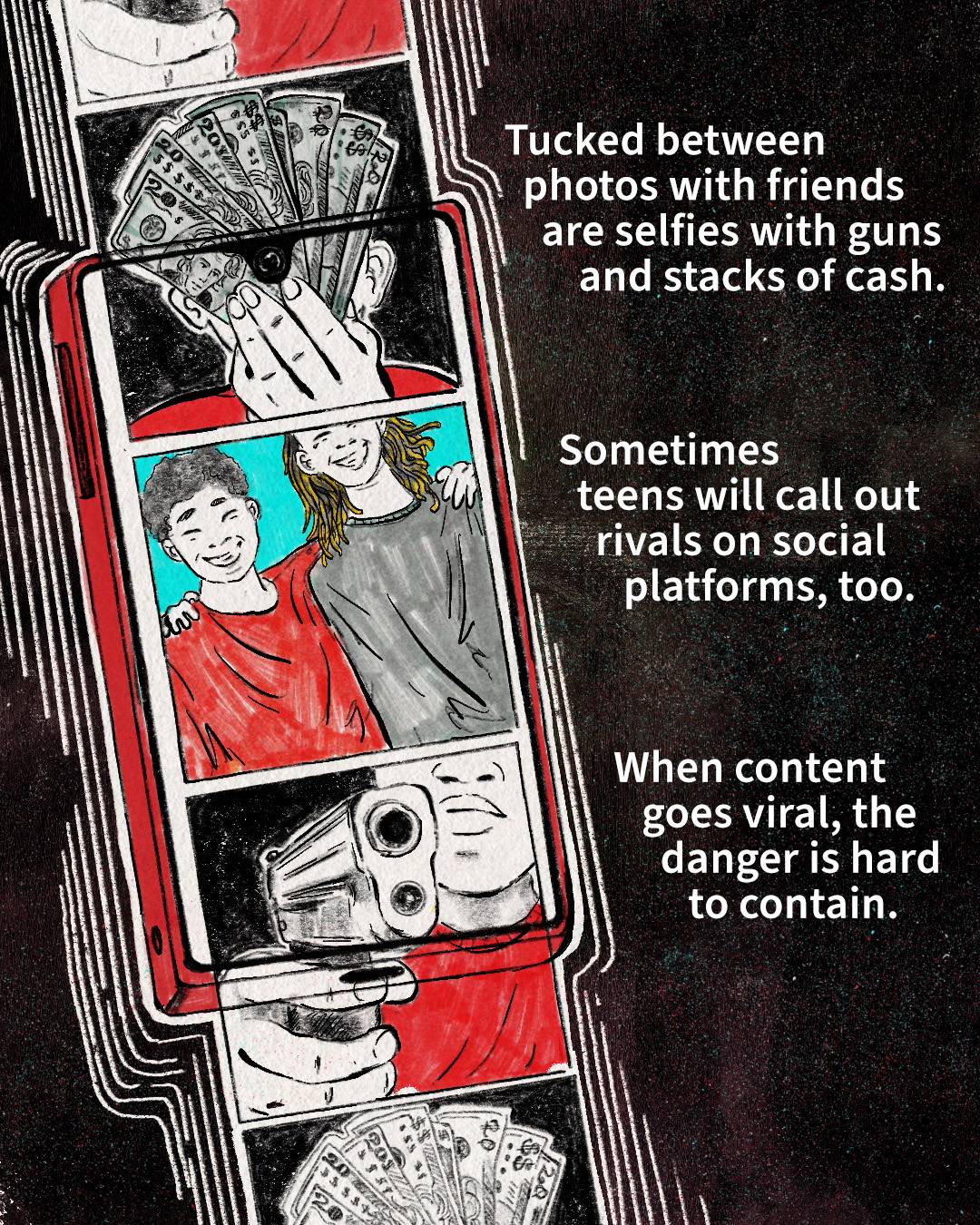
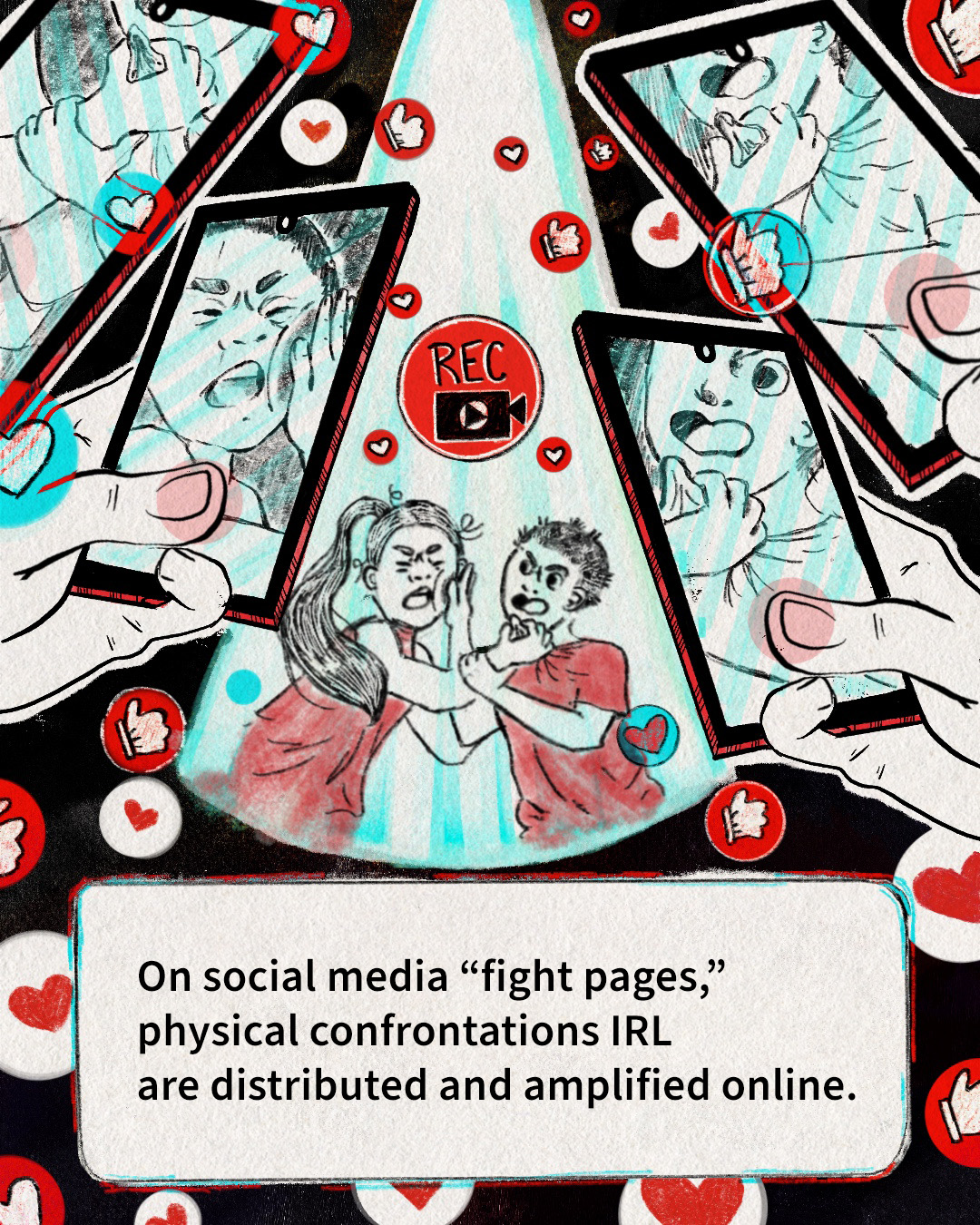
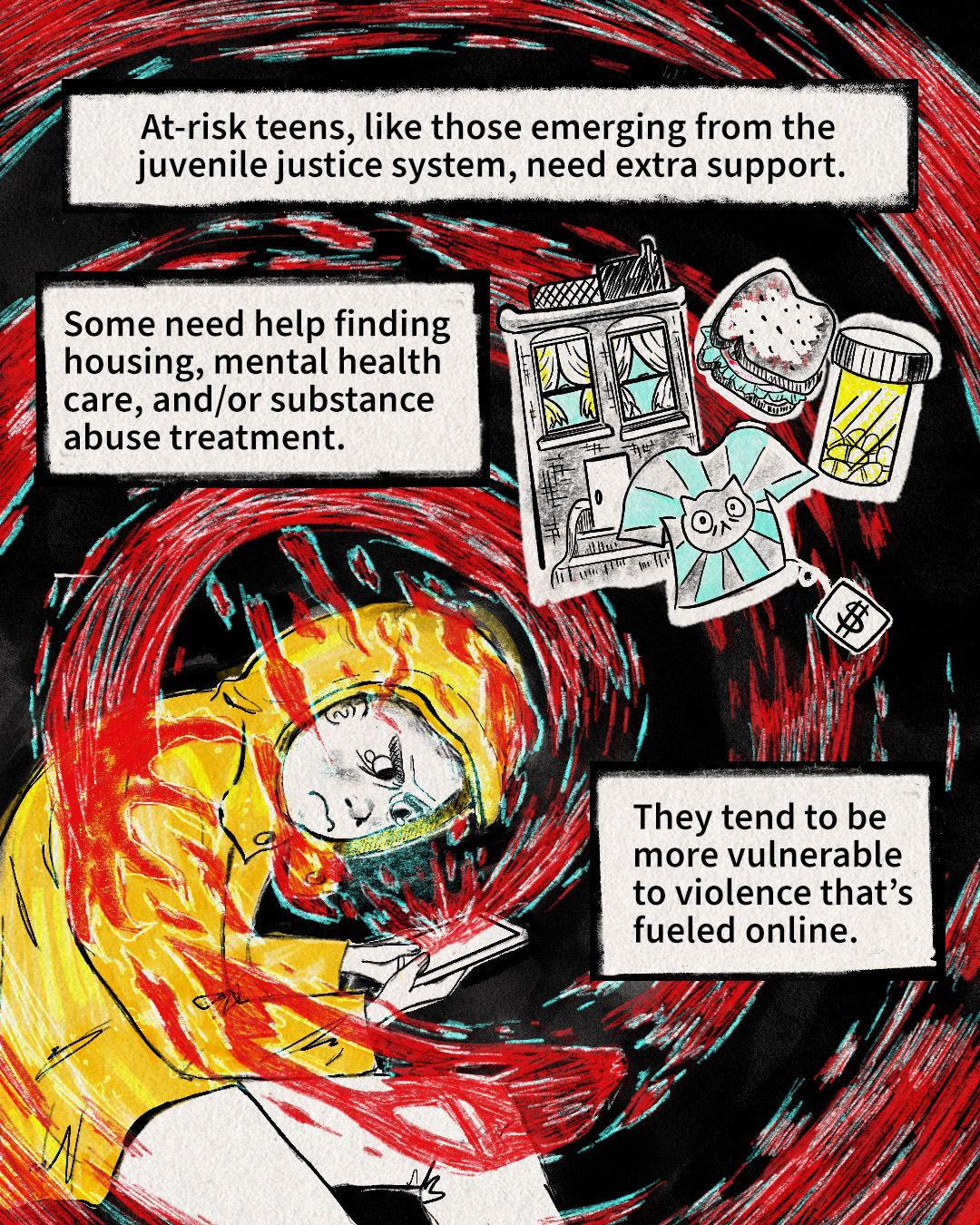

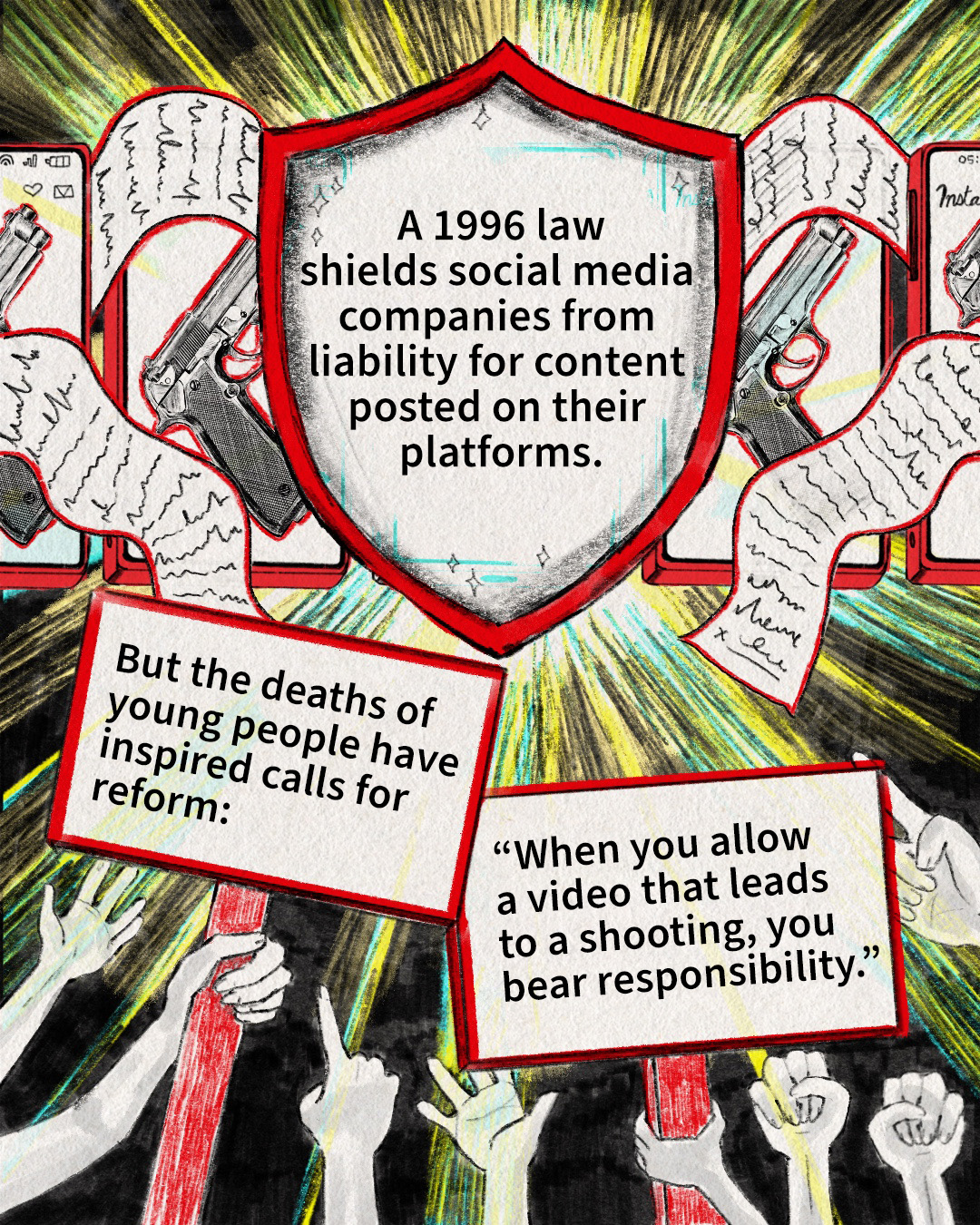
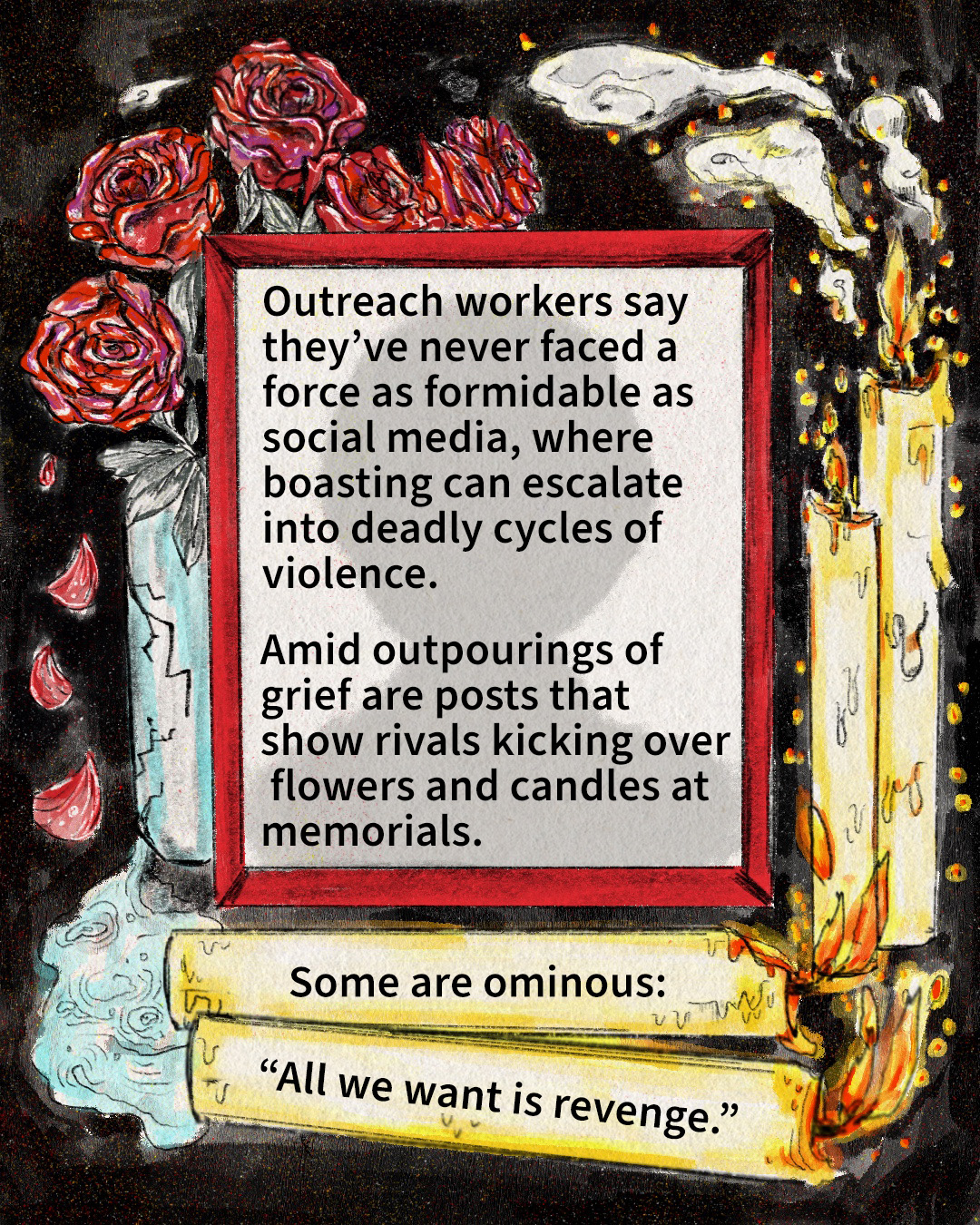
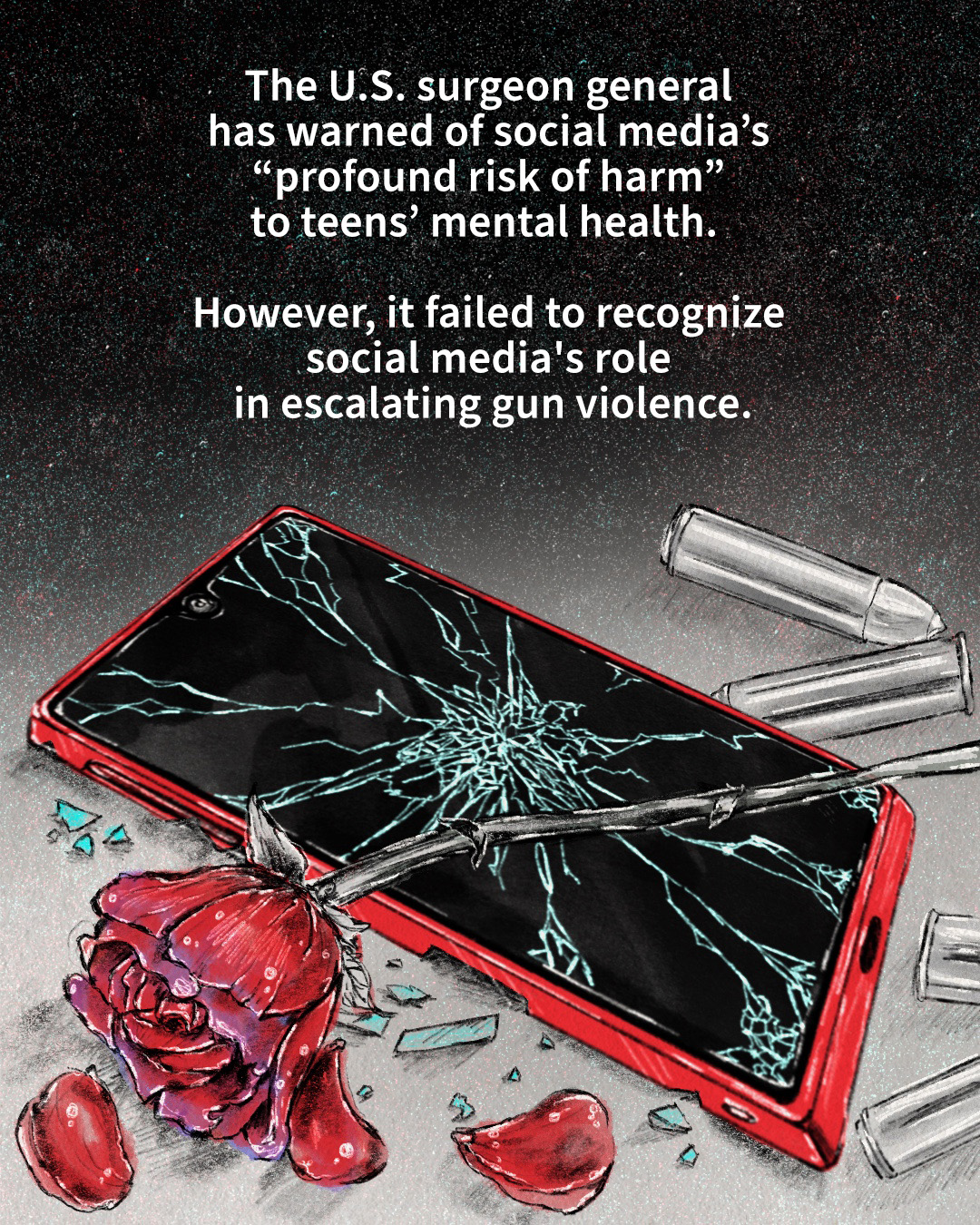
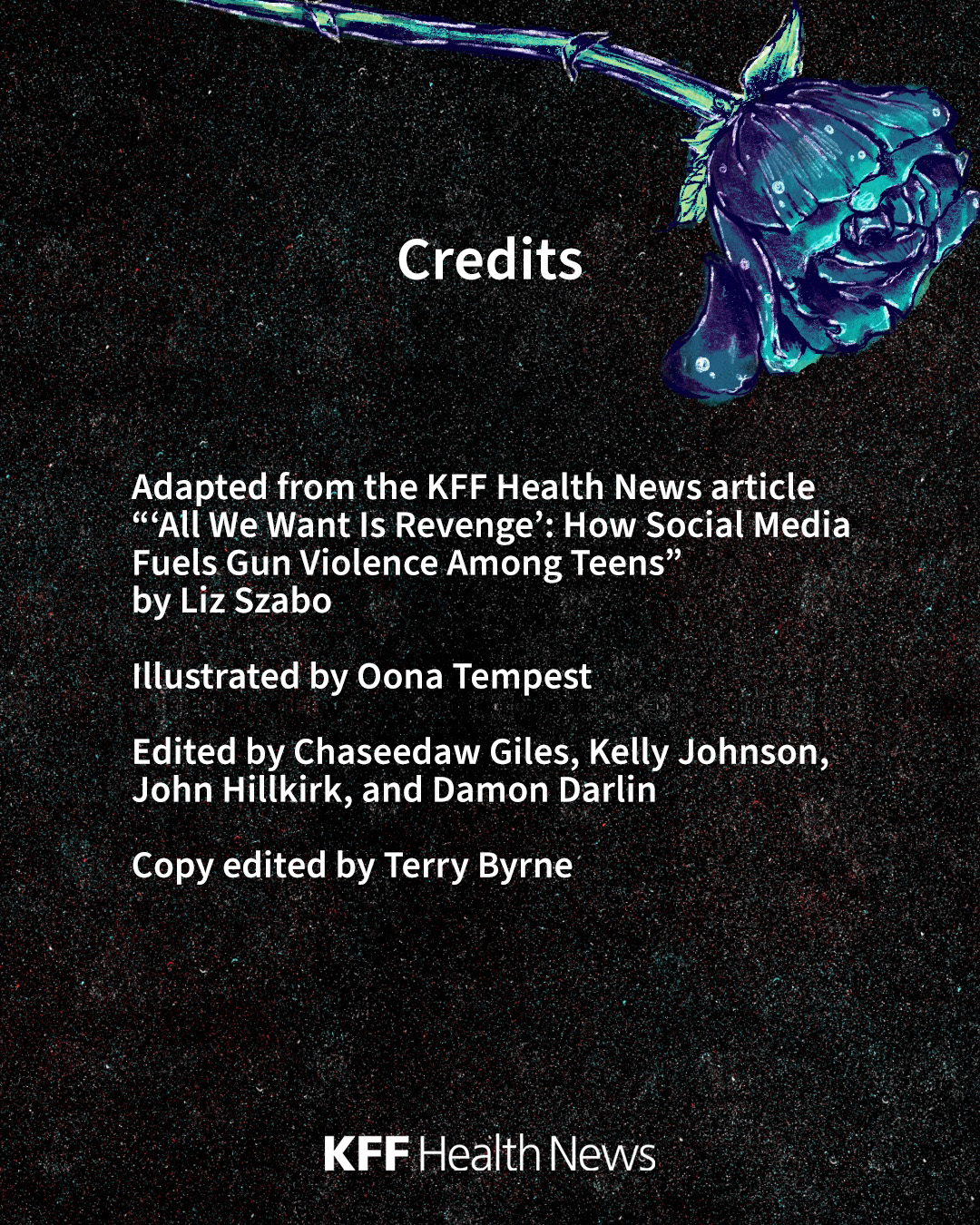
This article was produced by KFF Health News, a national newsroom that produces in-depth journalism about health issues and is one of the core operating programs at KFF — the independent source for health policy research, polling, and journalism.



